Both a haven and a springboard for exploring Italy and the rest of Europe, Loyola’s Rome Center has been attracting generations of families like the Turanos since opening its doors in 1961.
Ivy League schools are known for their legacy enrollments: students who attend because their parents attended and so on through the generations. It’s a point of pride for the families and a tribute to the quality of the institutions they attend.
But East Coast powerhouses like Harvard and MIT don’t hold the patent on generational devotion. The John Felice Rome Center has been inspiring family loyalty since Loyola University Chicago opened its doors as Casa Italiana Viaggi Internazionali Studenti in 1961.
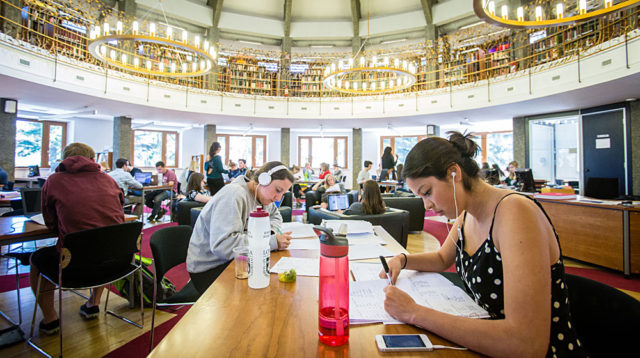
Just ask the Turano family of Turano Baking Co. fame. Co-Chairman Giancarlo Sr. attended as a sophomore at Loyola in 1970, and sons Joseph, Giancarlo II and Anthony all took part during their junior years, even though they pursued their undergraduate degrees at Cornell University.
And they’re not the center’s only legacy alums.
“Among the friends who my dad met at the Rome Center, a few of their sons and daughters also went,” Giancarlo II points out, “and there are plenty more.”
For Giancarlo Sr., the Rome Center opened a door he thought had been closed before he even set foot on campus.
“I told my father I wanted to go away to college. I figured I’d go to Wisconsin. It’s not too far, and I could come home on weekends,” he recalls. “My father asked, ‘Is it a good school?’ I said, ‘Oh yeah, it’s a great school.’ He asked, ‘Are there any good schools here in Chicago.’ I said, ‘Yeah.’ He said, ‘Good. Find one.’”
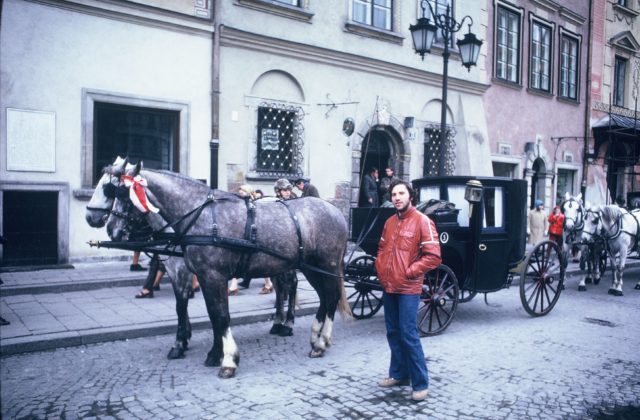
He eventually chose Loyola, but when he stumbled upon an information session for the Rome Center, he discovered a way to make his dream a reality.
“I was pretty excited,” he says. “When I went home that night, I asked my dad, ‘What do you think if I took some courses in Rome next year?’ and he said, ‘Absolutely!’ So that was my ticket to go away to college.”
By the time his sons were ready to take the plunge, a year at the Rome Center was a foregone conclusion.
“Our dad would always talk about how wonderful the Rome Center was when we were growing up. And when his friends [from the center] came over, we heard all these stories and saw how close they were,” Giancarlo II explains. “It was something we all wanted to be a part of.”
They were so committed, in fact, that they structured their entire undergraduate careers at Cornell around attending Loyola’s Rome Center while graduating on time.
“We planned it from the get-go,” Giancarlo II explains.
“And each of us encouraged a few friends at Cornell to join us at the Rome Center for the year. Loyola appreciated our recruiting efforts,” Joe adds with a laugh.
Named after its founder, the Rev. John Felice, Loyola’s Rome Center nestles in a peaceful neighborhood at the foot of Monte Mario, the highest of the city’s seven hills.
Most of the students attend for a semester or two during their junior year at Loyola, dividing their time between general electives and courses in Italian language, history, cultural arts, film and political science.
Undergrads from across the country and around the world also take part in the program. And students from other countries can spend a year or two at the center in pursuit of an undergraduate degree at Loyola’s Chicago campus. A Rome studies minor can also be pursued at the center, and nursing and law students can do advanced coursework there as well.
Partaking of a quality Jesuit education in one of the world’s most iconic cities certainly has its charms.
“The curriculum was excellent, the classes were great, and it was a wonderful way to knock out our electives and immerse yourself in the culture,” Giancarlo II says.
And the layout and location contribute mightily to its appeal.
“It’s guarded, it’s gated, and all the classrooms and dorm rooms are in one building, so it provides the students with a sense of community and security while always encouraging them to get out into the culture of the city,” Giancarlo Sr. points out.
“Living together, eating together, taking class together in one location is unique, not only in Rome but across Europe and other parts of the world,” Joe notes. “In most other study-abroad programs, you live in apartments scattered around the city and walk to classes.”
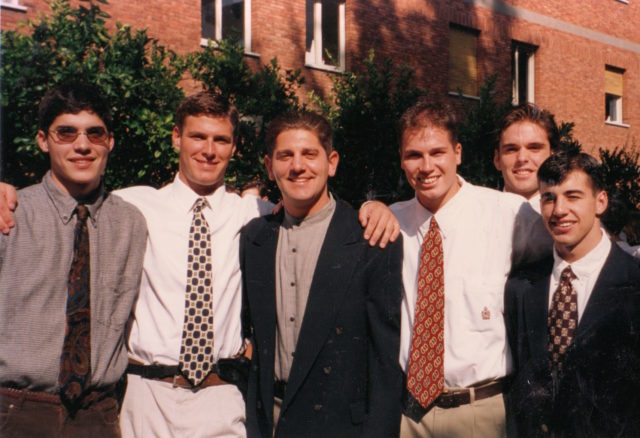
“Even after a year, you get a little homesick and it’s nice to be among friends,” Giancarlo II adds. “It builds a sense of family and community.”
With that sense of belonging as their bedrock, Rome Center students are free to explore Italy, Europe and other exotic locales.
“My classes were concentrated on Tuesday, Wednesday and Thursday, and the rest of the time, we hitchhiked almost everywhere,” Giancarlo Sr. says. “I travelled throughout the entire country from north to south. We also went to the Middle East, Northern Africa, Greece, Yugoslavia, Austria, Germany, Poland, France, England, Ireland and Czechoslovakia. I even made it all the way to Russia. I honestly travelled every weekend in one way, shape or form.”
Hitching across Europe gave way to traveling by trains and eventually low-cost air carriers, but the thrill remained the same.
“I went with a group of friends to Tunisia, and during our last trip we traveled to Greece,” Joe recalls. “You really experience cultures that you otherwise wouldn’t.”
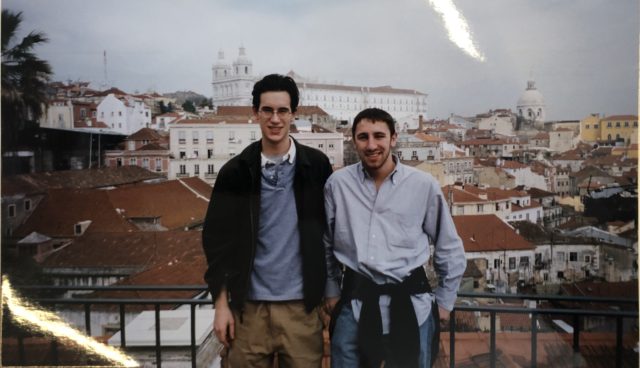
And Loyola does everything in its power to feed the need. Classes end early on many Fridays, and the center sponsors half a dozen weekend trips a year along with longer trips during extended breaks in the middle of each semester. Additional trips are funded by individual alumni.
To a man, the Turanos brought more than lasting memories back from their stay at the Rome Center.
“You’re more confident, independent, resourceful. You take more initiative,” Giancarlo Sr. says. “You’re making decisions on the fly in a foreign country, and that’s a crucial skill.”
“You come back more worldly, more understanding of other cultures and other people,” Giancarlo II says. “You learn how to act in foreign lands. It builds character.”
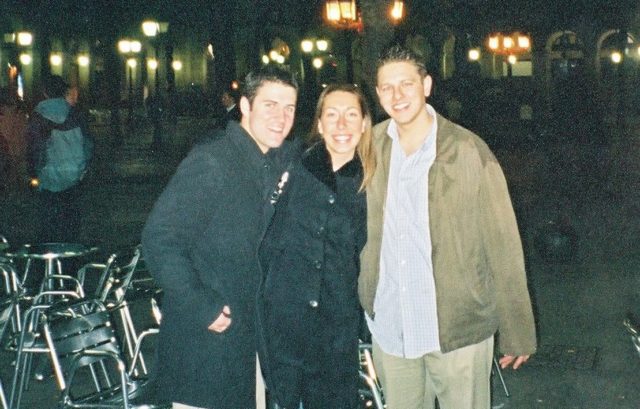
“For me, the Rome Center was also life-changing as I met my wife through the program,” Joe shares. “We met at the 40th anniversary JFRC celebration.”
And thanks to its alumni association, the center is a gift that keeps on giving.
“The JFRC alumni network is very strong,” says Joe, who sits on the alumni board. “We have mentoring programs, and we hold annual events on the national and regional levels. It’s a great way to remain connected.”
In the end, connecting and reconnecting is what the John Felice Rome Center is all about.
“The friendships are lifelong,” says Giancarlo II. “The experience there has a way of bringing you together. That’s probably what I see every day. My closest friends from college are from the Rome Center.”
Put it all together and what do you have? According to Giancarlo Sr., “the absolute best study-abroad program in Europe. I can honestly say the Rome Center prepared me for all the things I’m doing today.”
For details, click here.
The above appears in the June 2019 issue of the print version of Fra Noi. Our gorgeous, monthly magazine contains a veritable feast of news and views, profiles and features, entertainment and culture. To subscribe, click here.
 Fra Noi Embrace Your Inner Italian
Fra Noi Embrace Your Inner Italian


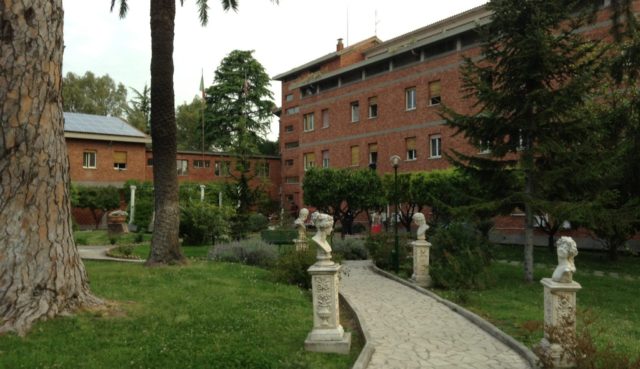





Hi Paul,
As a true believer in the JFRC and lover of it, its setting, and its principles, I enjoyed your article immensely. It really showed how the JFRC experience can be life changing even for generations of the same family. I think John Felice himself would have smiled very much at reading this article.
(Just one small thing: Monte Mario was outside of ancient Rome and, although the highest “hill” within the boundaries of Rome today, was not one of the original Seven Hills which are, all of them, on the east side of the Tiber and mostly within the Severan Walls.)
Loved the article. Captures very well the essence of that very special place. Keep up the good work!